Among the 1,300 original artifacts on display at Binh Duong Museum, there are two national treasures: Phu Chanh bronze drum lid wooden jar tomb and Doc Chua animal statue that are attracting the attention of scientists and tourists.
Binh Duong Provincial Museum is located at 565 Binh Duong Avenue, Hiep Thanh Ward, Thu Dau Mot City, inaugurated and put into use in 2004.
The museum has an exhibition area of 2,000m2 including 1,300 original artifacts and 50 scientific documents. Among them are two national treasures: Phu Chanh bronze drum lid wooden jar tomb and Doc Chua animal statue which are of interest to scientists and tourists.
Wooden Jar Tomb - Phu Chanh Bronze Drum dates from around the 1st to 2nd century AD.
The wooden jar and bronze drum burial was discovered in late 1988 by Mr. Nguyen Van Cuong (Hamlet 6, Vinh Tan Commune, Tan Uyen District, Binh Duong Province).
As soon as it was discovered, the Center for Archaeological Research under the Institute of Social Sciences in Ho Chi Minh City, in coordination with the Provincial Museum, conducted exploratory excavations at the location where the bronze drum was discovered and found an intact wooden jar and a number of other relics inside the jar in the form of burial.
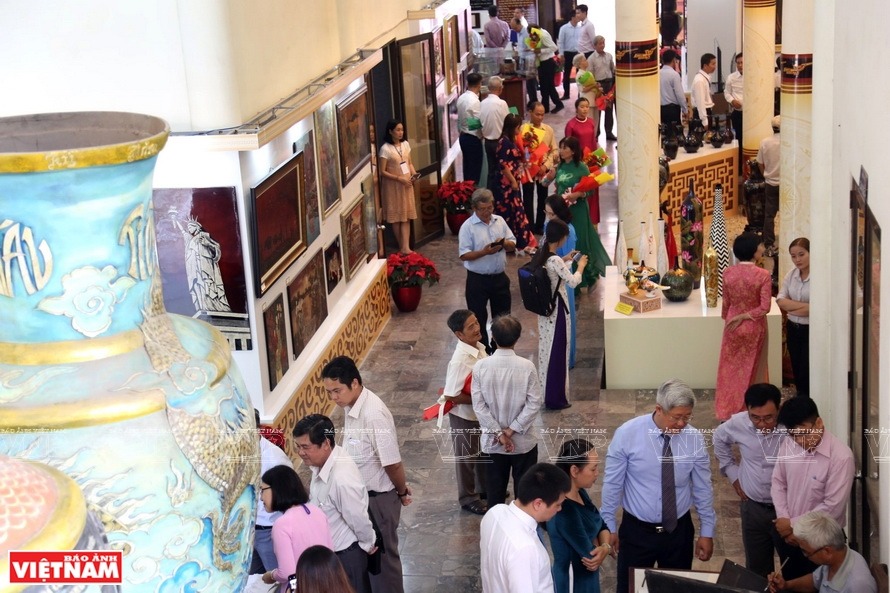
Binh Duong Provincial Museum attracts a large number of visitors. Photo/ Thong Hai/VNP
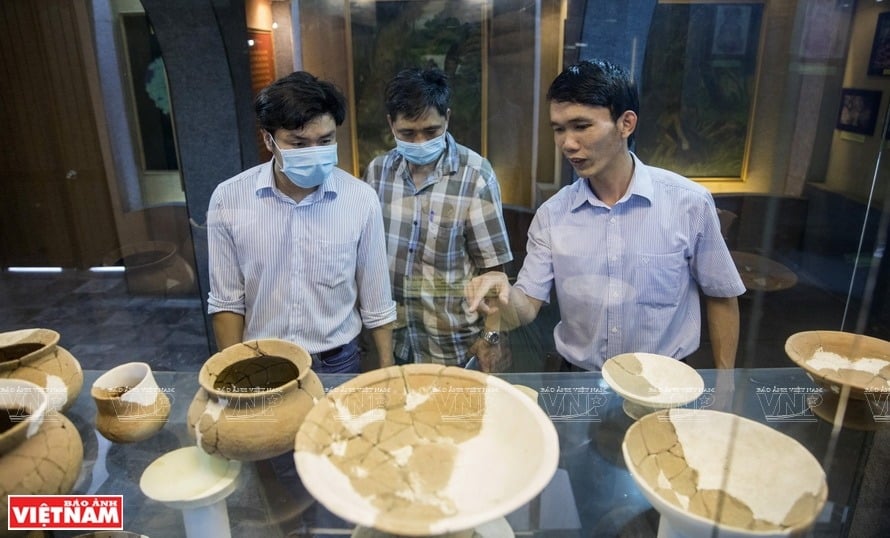
The museum has an exhibition area of 2,000 square meters including 1,300 original artifacts and 500 scientific documents. Photo/Thong Hai/VNP
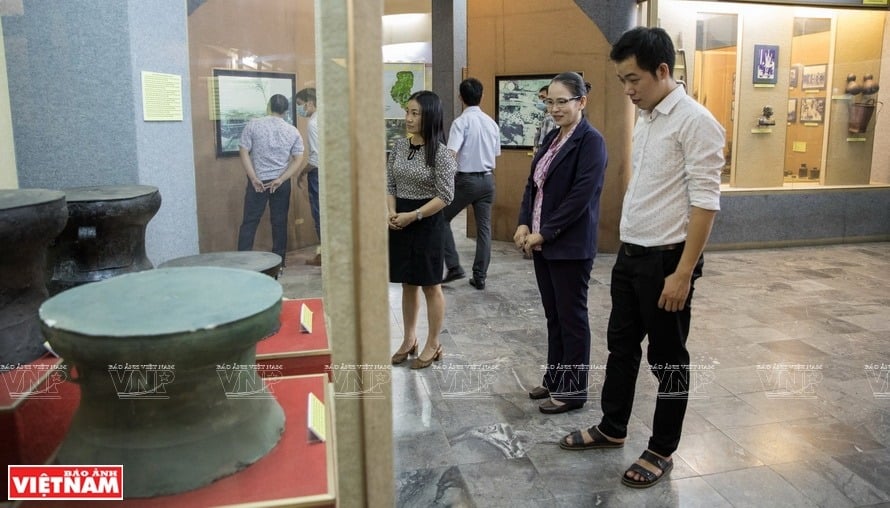
Tourists visit Binh Duong Provincial Museum. Photo: Kim Phuong/VNP
The Huynh Dan wood jar (made of rosewood or rotten rosewood) is about 61cm high, with a mouth diameter of 46-50cm, and has many concentric circular wood grain lines.
The bronze drum is about 40cm high, the drum face diameter is 47.5cm, the base diameter is 44cm. The concentric drum face has a 10-pointed star with pointed tips, and between the star points are evenly spaced peacock feather motifs and nested inverted V-shaped motifs. The wooden jar and bronze drum combine to form a wooden jar and bronze drum burial set.
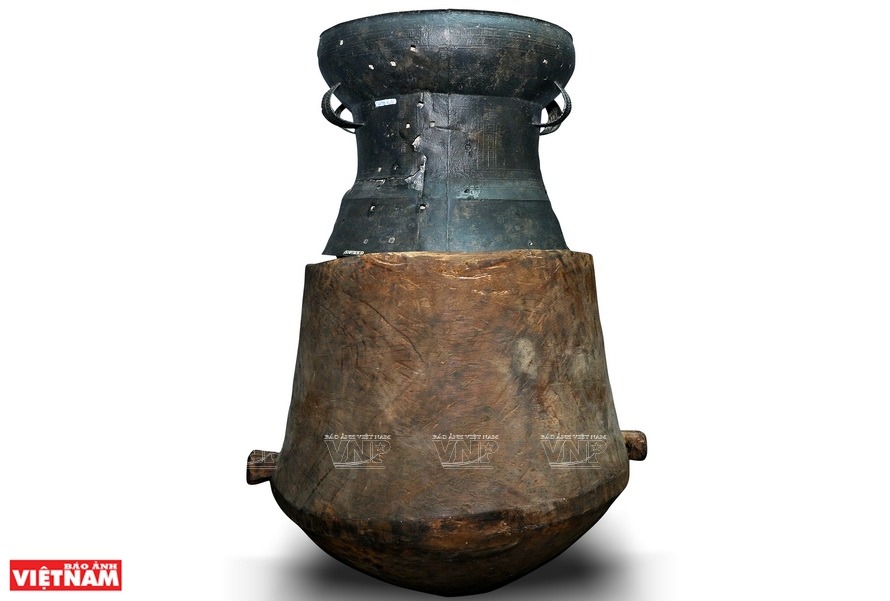
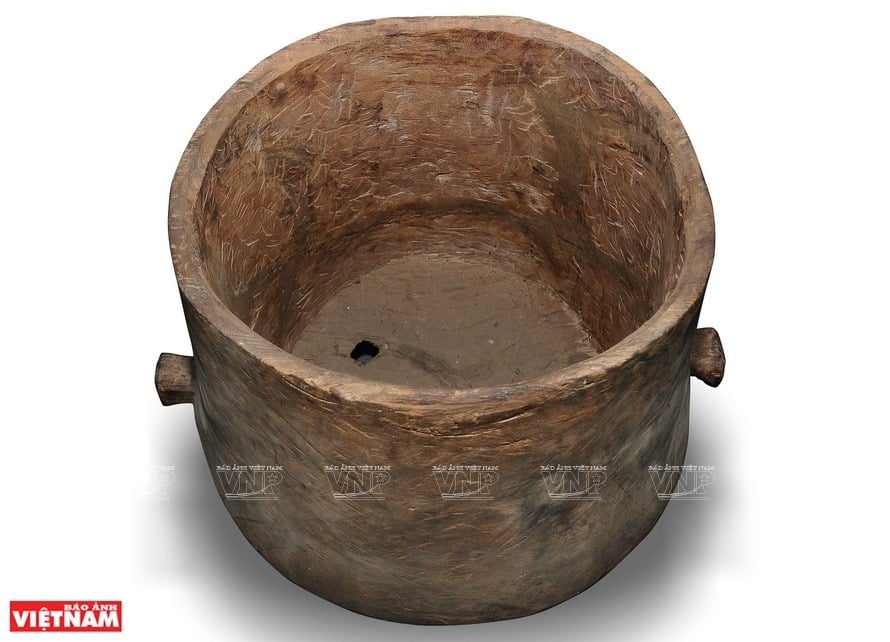
Wooden jar tomb, bronze drum lid - national treasures, excavated at Phu Chanh archaeological site. Photo/Thong Hai/VNP.
This is a new type of burial discovered for the first time in the history of Vietnamese and world archaeology. The use of “coffins” made of wooden jars with bronze drums as lids is a very new document in the study of the living activities of ancient communities in the Southeast region.
In addition, the Doc Chua Animal Statue treasure, dating back about 3,000 years, was discovered at the Doc Chua archaeological site (Tan Uyen commune, Binh Duong province) and is still unique to this day.
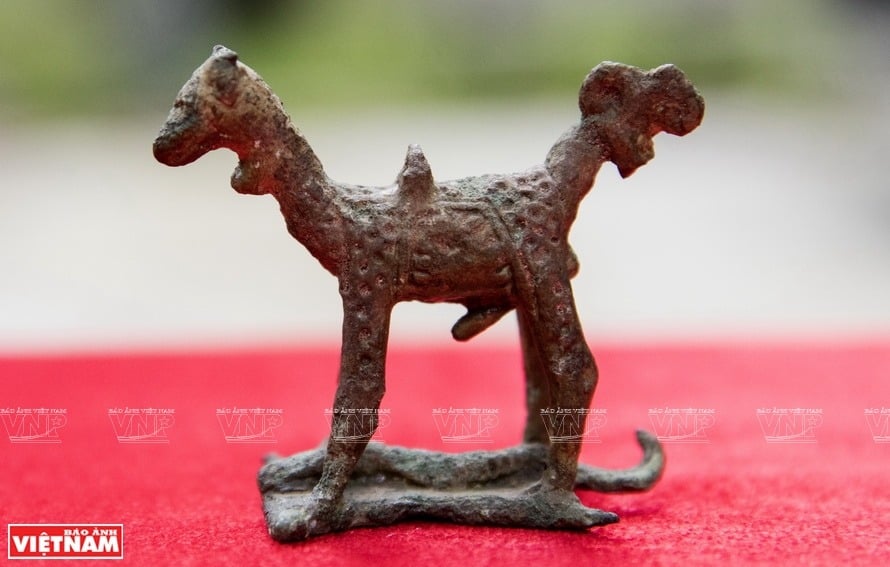
Doc Chua animal statue - a national treasure, excavated at the Doc Chua archaeological site. To date, scientists and researchers have not been able to determine what kind of animal this animal statue represents. Photo/ Thong Hai/VNP
The Doc Chua animal statue is 5.4cm high, 6.4cm long and is quite intact, with only a few small broken details. The animal statue is cast from bronze with a green color due to weathering and rust.
However, the Doc Chua Animal Statue has not been able to determine what kind of animal it is. The discovery of a bronze statue in the shape of an animal standing on another animal is a very unique artifact, never seen in any other relic in the Southeast region.
At the same time, this bronze animal statue also has a certain cultural research value on the characteristics of burial culture in prehistoric times.
Source: https://danviet.vn/hai-bao-vat-quoc-gia-o-binh-duong-mo-tang-la-tuong-con-dong-vat-la-hon-cha-biet-la-loai-thu-gi-20241115084859745.htm








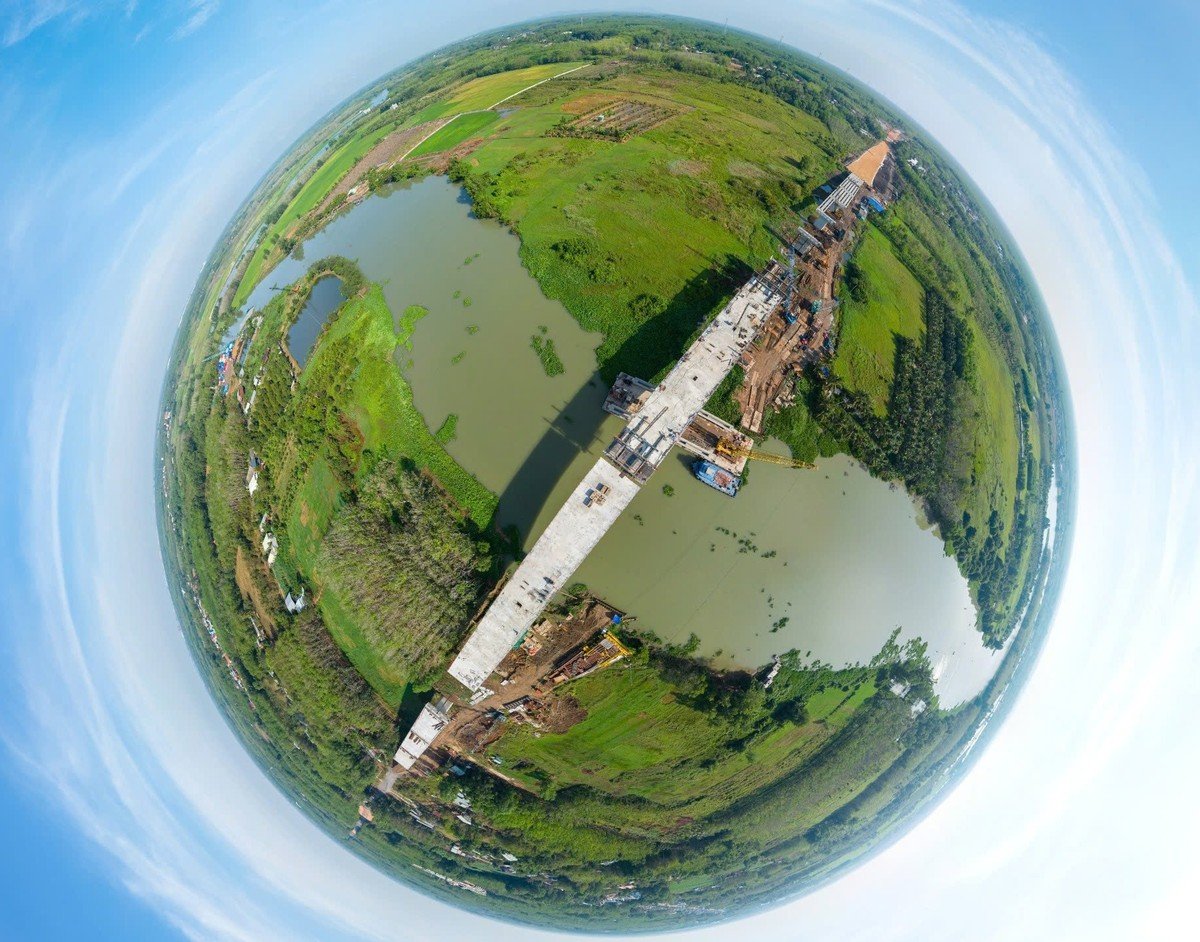

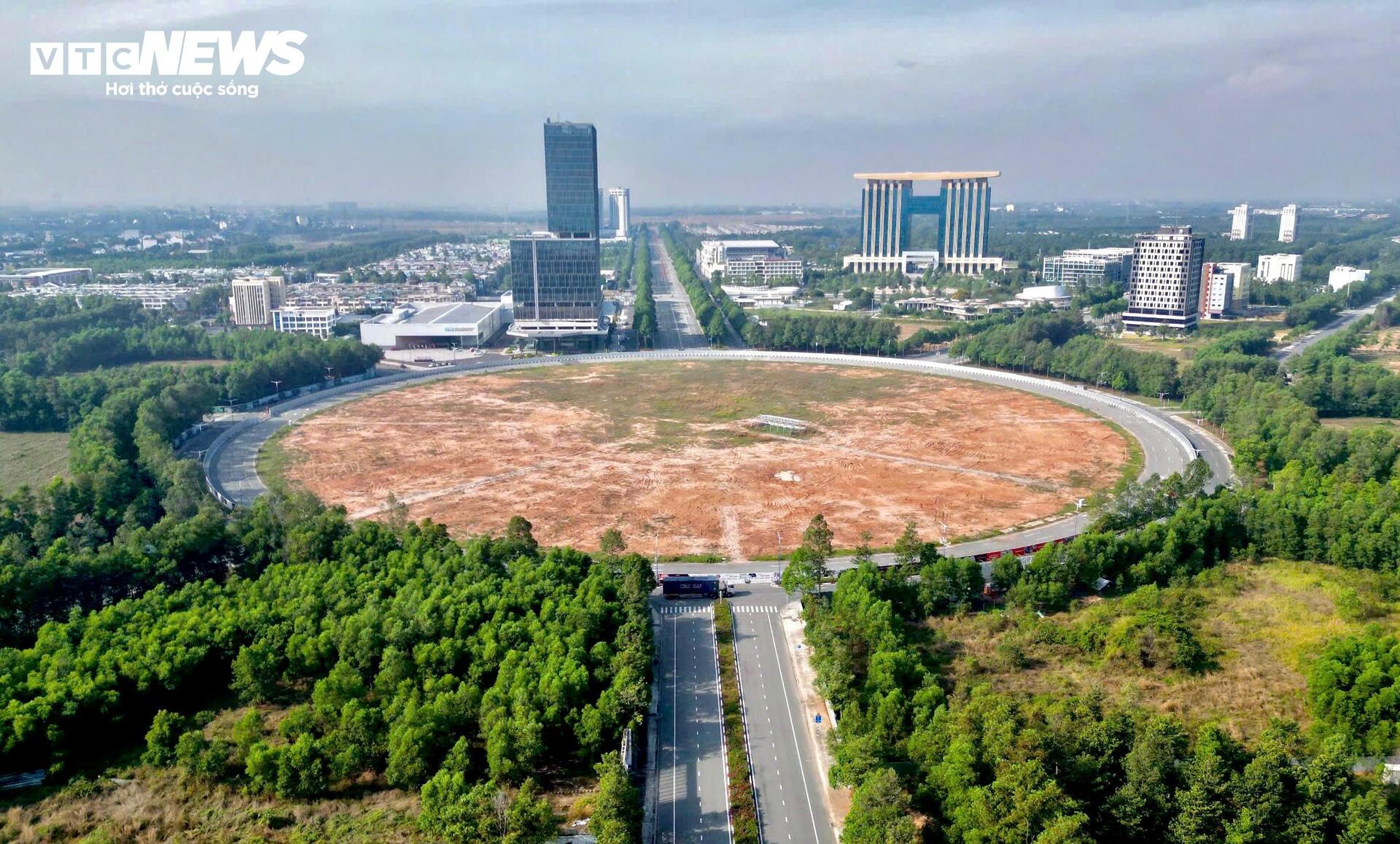

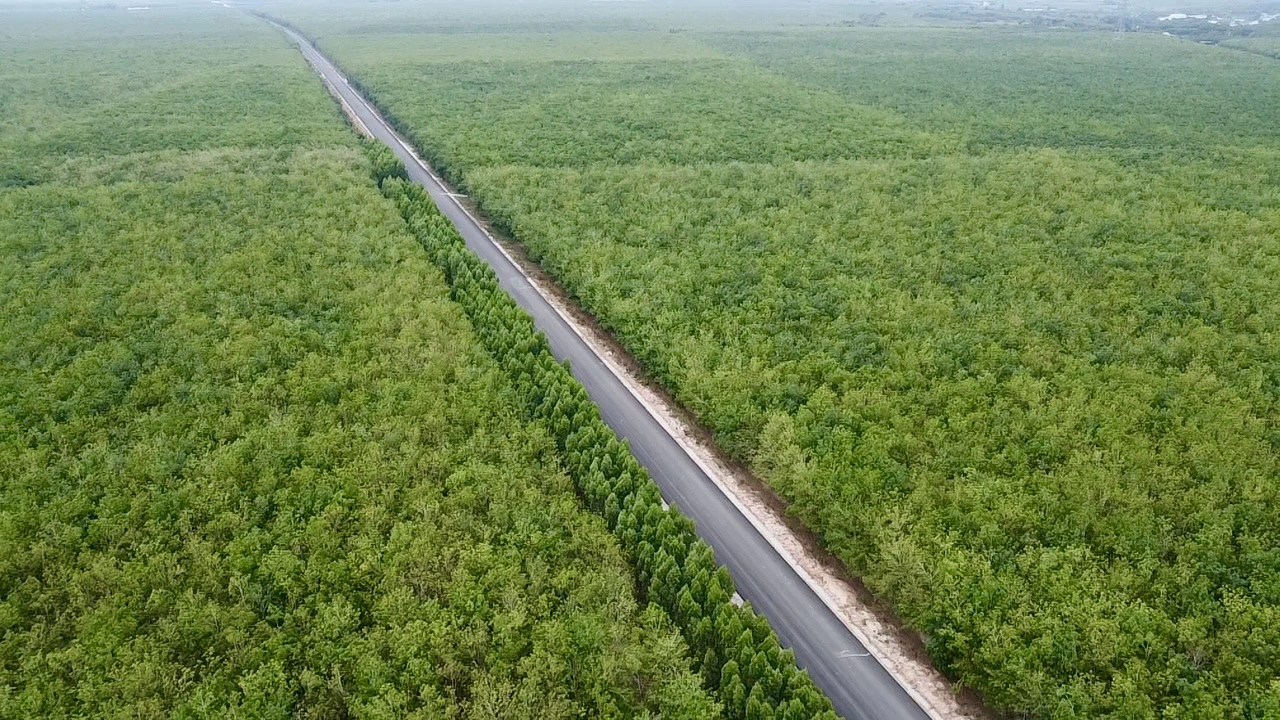

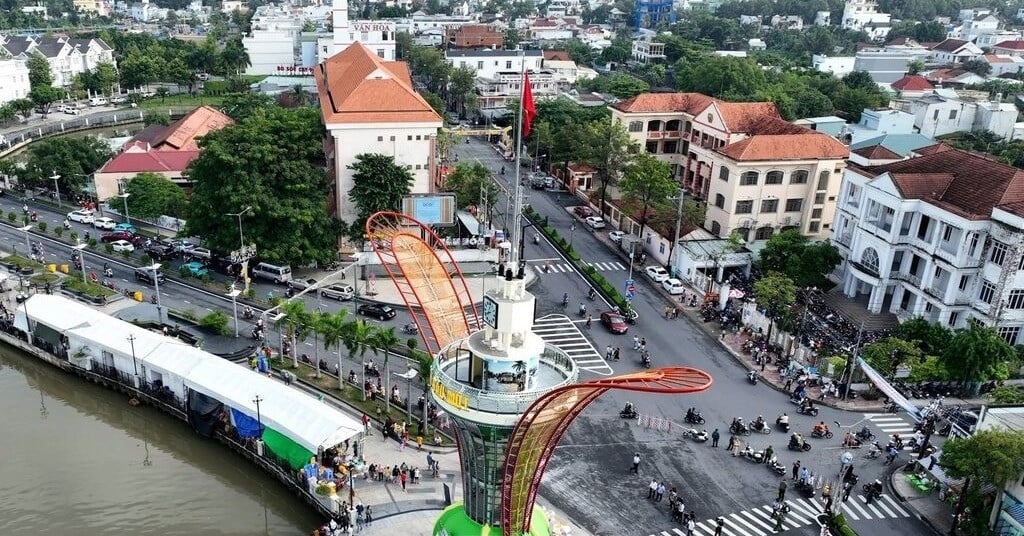

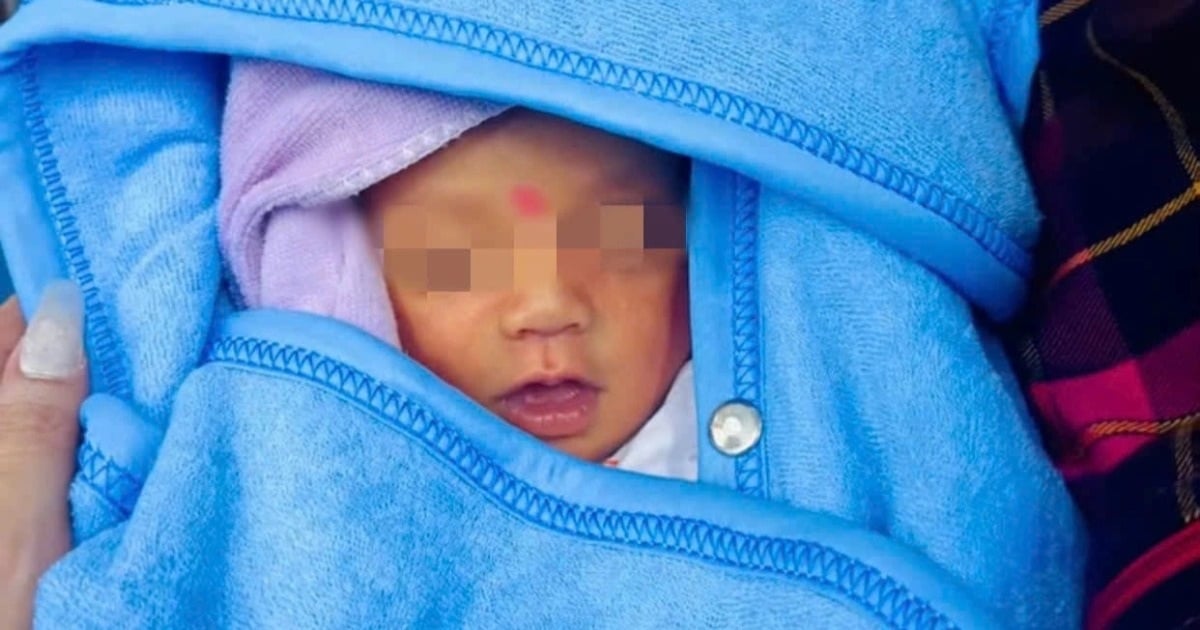

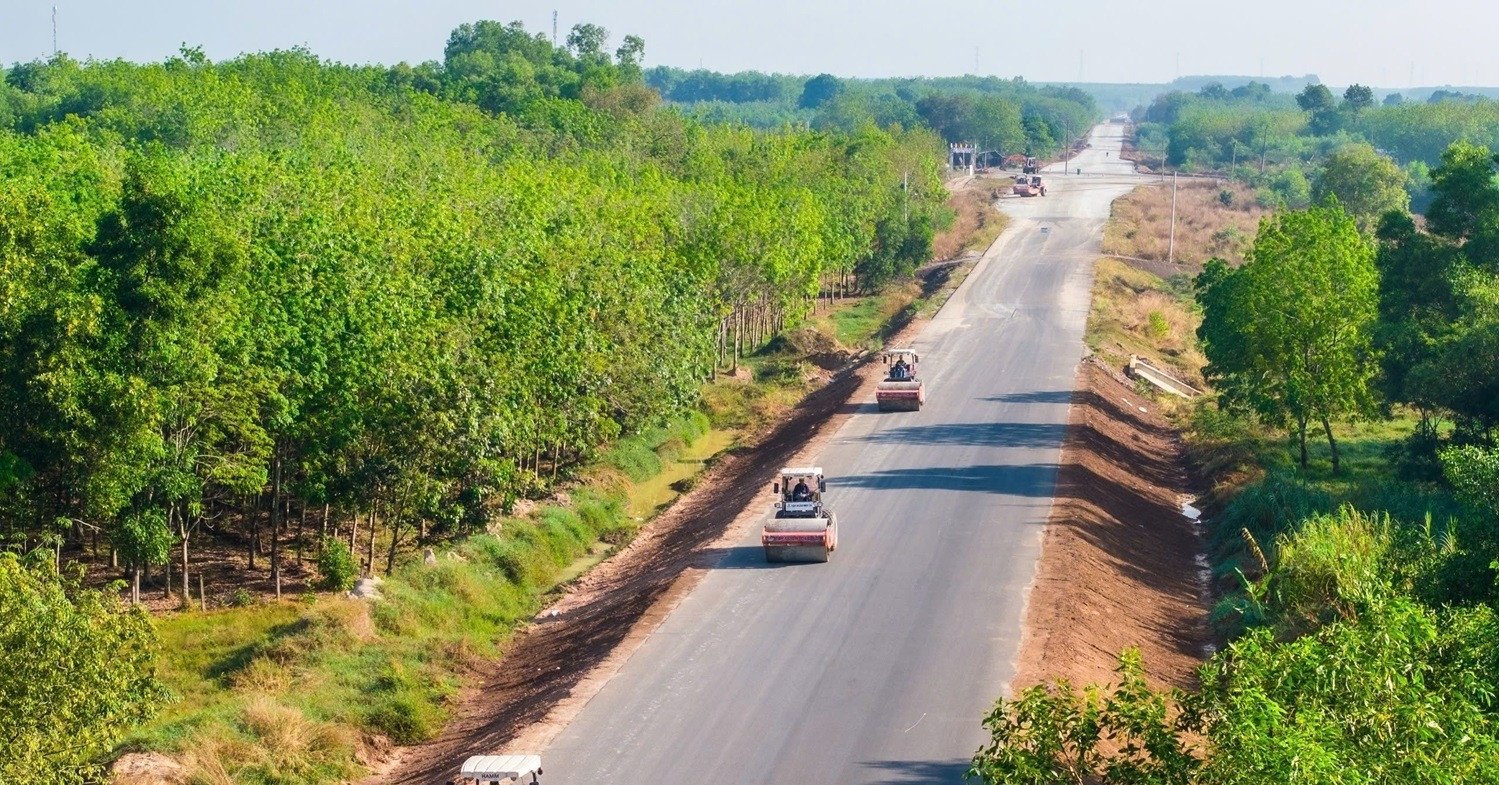
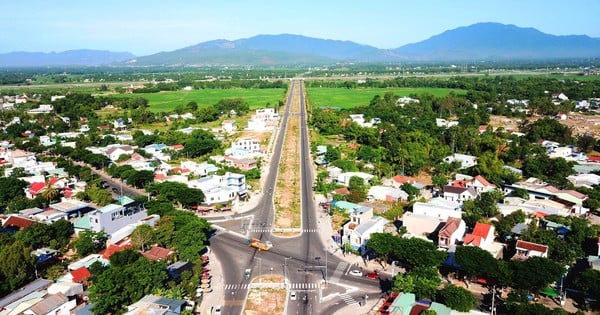
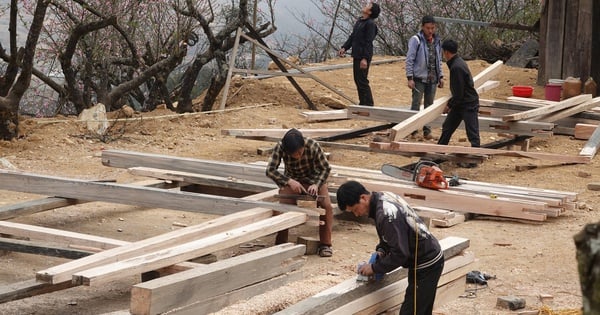
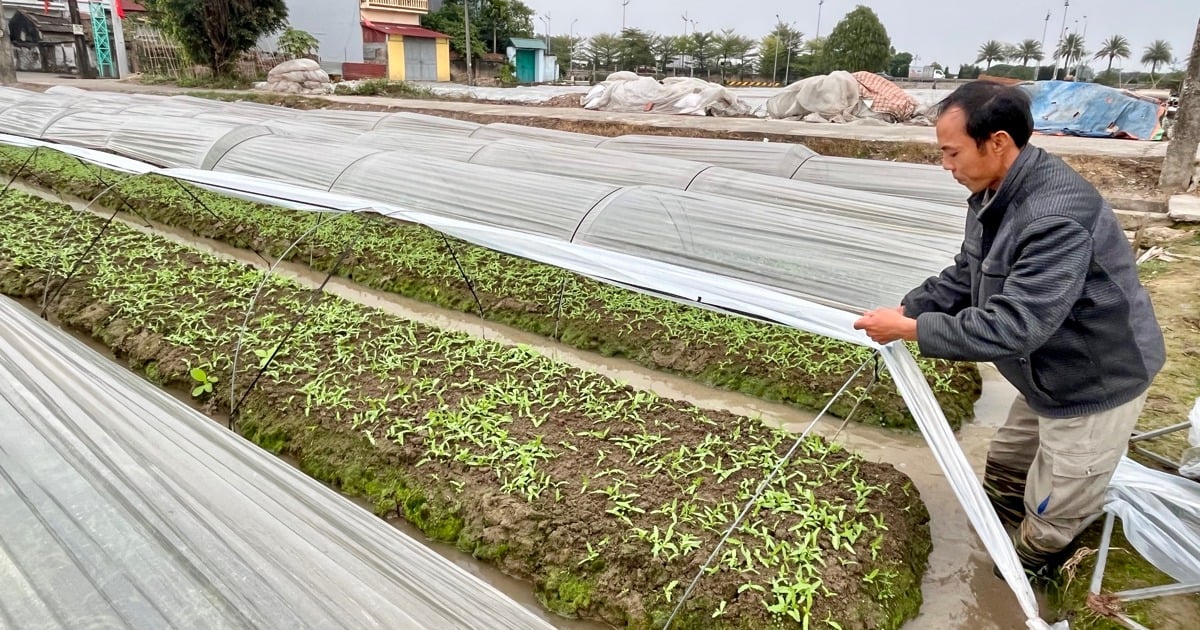

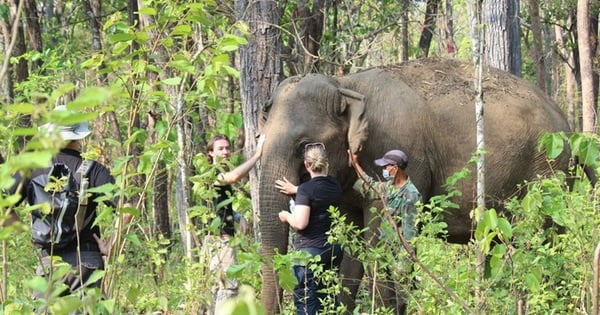
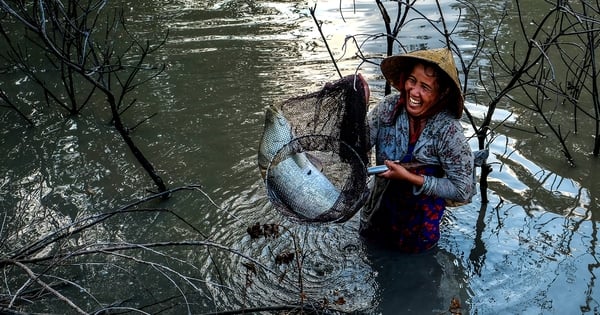
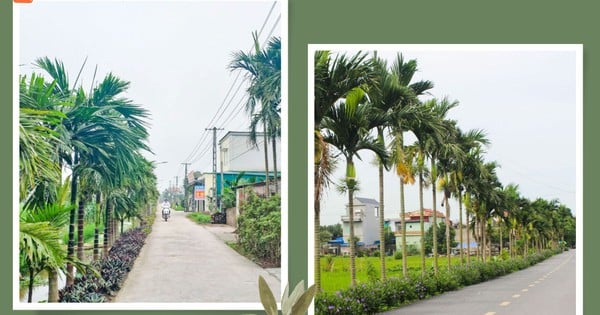
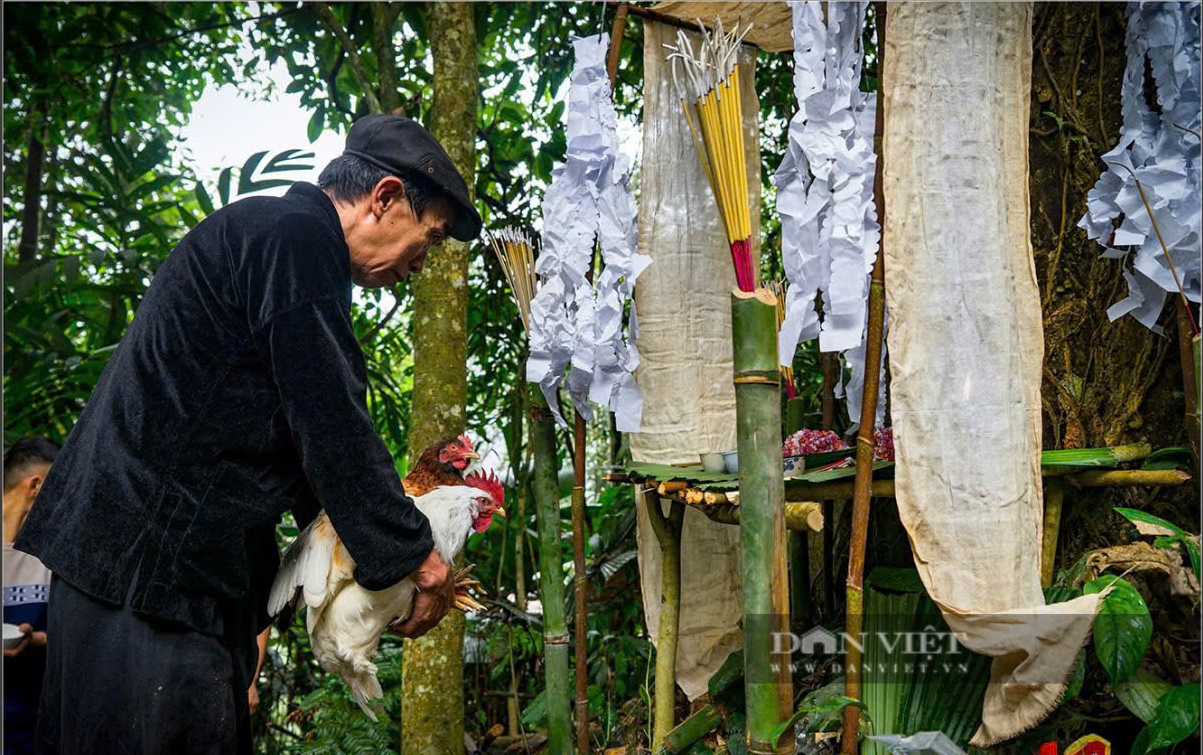








Comment (0)